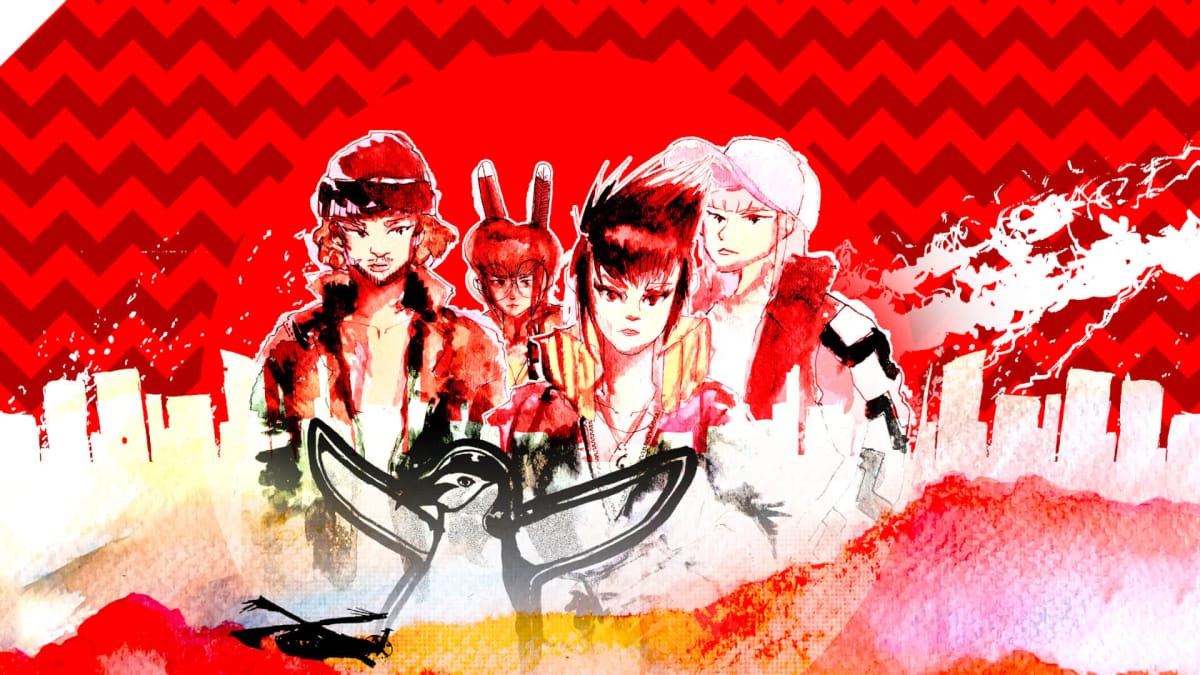Upon learning that Umurangi Generation, a lauded indie favorite of last year, would finally be coming to handheld consoles through a Nintendo Switch release I was overjoyed. Unfortunately, upon booting up this new version at release, it became quickly and painfully apparent that Umurangi Generation: Special Edition represents a woefully inadequate effort to bring one of the most charmingly unique, beautiful, and impactful titles of this generation to the Nintendo Switch.
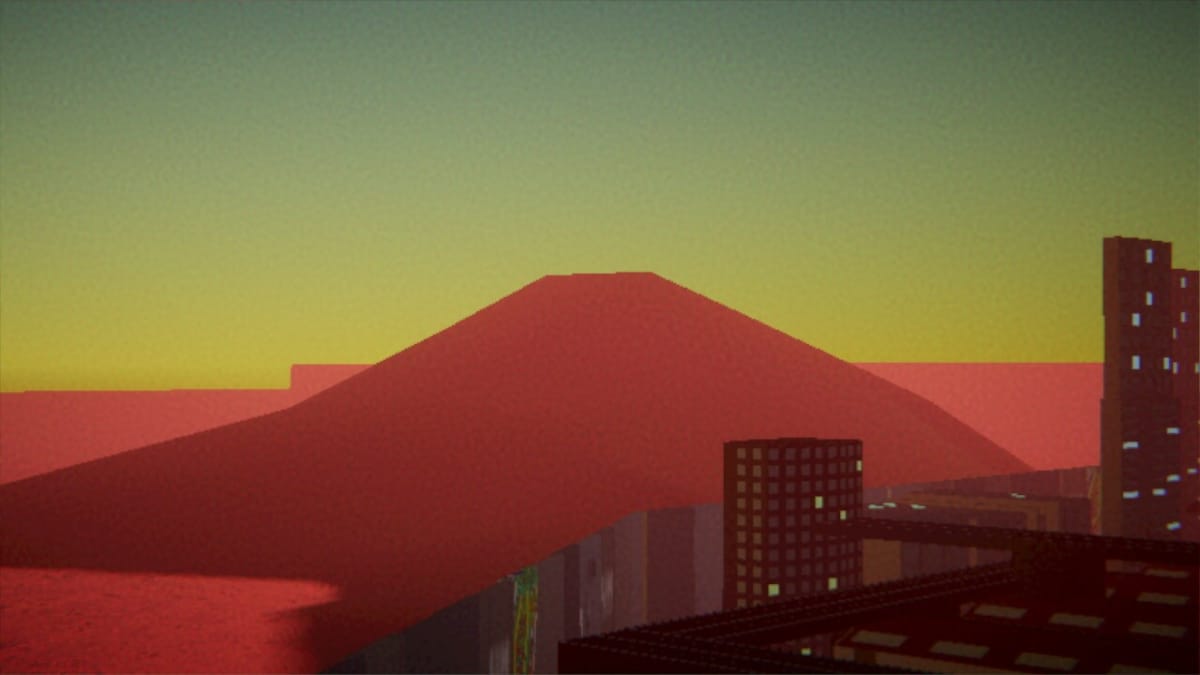
Worth a Thousand Words
The world of Umurangi Generation is one that immediately elicits exploration. There are no cutscenes, no dialogue, and even no real characters per se, aside from a group of silent teenage friends who accompany your arrival to each level, but the narrative still manages to present an incredibly realized and intricately detailed dystopian sci-fi world. The central mechanic, photography, encourages players to take their time with each of the eight free-roam environments of the main game and as you ponder over the numerous details which decorate each of them, you begin to uncover the reasons behind the rapid decline of this doomed society.
Although the game rewards you for completing levels, accomplished by fulfilling ‘photo bounties’ - special shots of significant objects, with additional camera lenses to experiment with, I found the greatest incentive to continue playing was simply to discover more about the game’s world. From the first level, the game begs to be played not only as a photography sim but also a detective game, as you pore over every seemingly mundane inclusion to try and extract a deeper meaning.
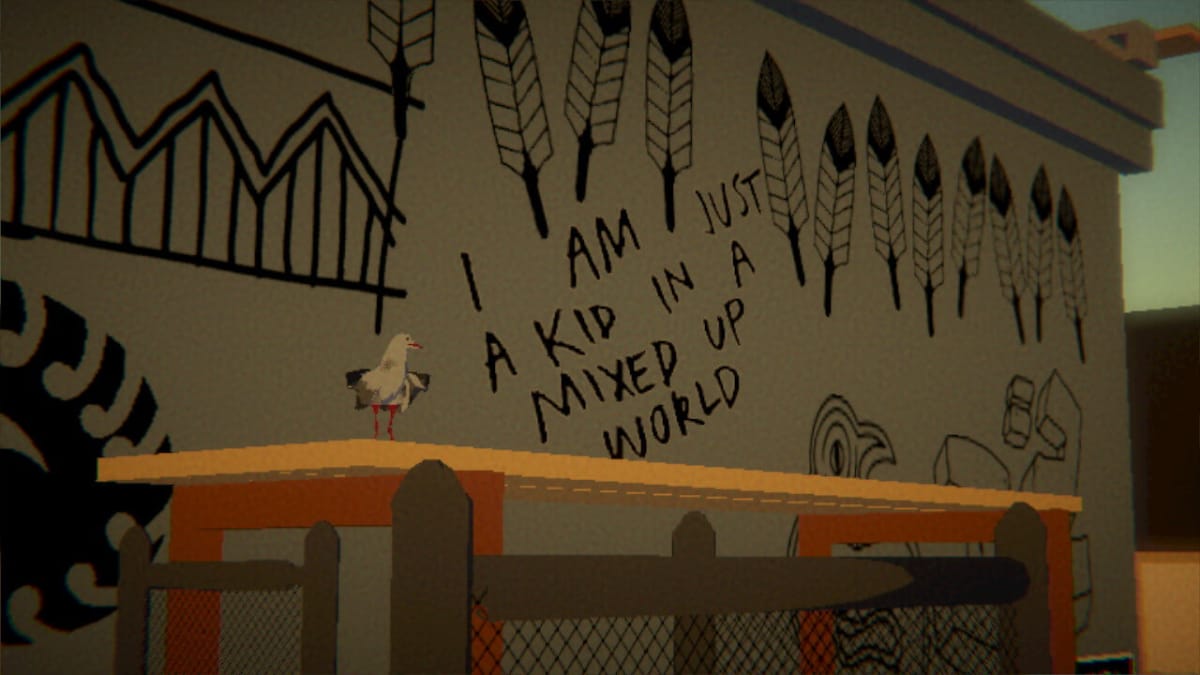
Environmental storytelling is key to the game’s success and it is masterfully done. Few games have managed to perfect the complex art of believable graffiti but Umurangi Generation revels in it. Every word of the swathes of scrawled text that plasters city walls is plausible and simply left to tell its own story. Sometimes it might be an amusing joke between nearby stationed soldiers, a heartfelt message to a loved one or, more often than not, a stark reflection of life in a world on the brink of collapse. The end result is a narrative which is told in a way which is far more engaging than any explanatory cutscene could have ever been.
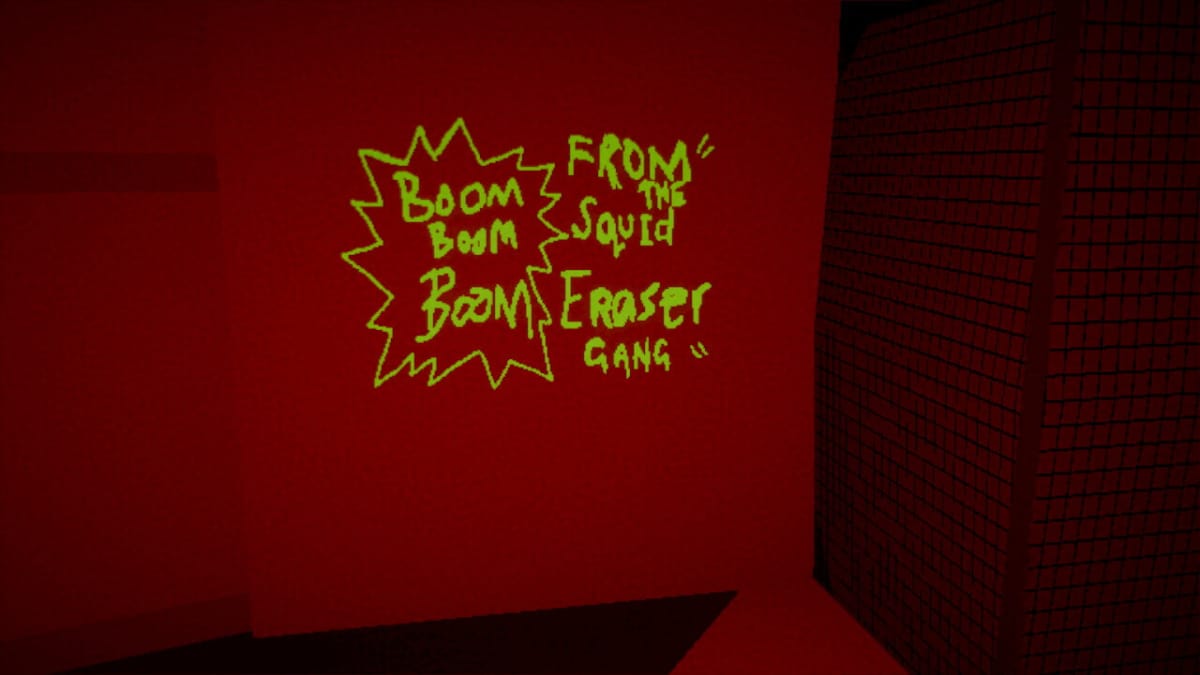
On a purely superficial level, you play as a teenage courier working for an underground delivery network in Aotearoa, or New Zealand, which has been brought to its knees by deadly attacks from a wave of jelly-fish like kaiju. Despite the best efforts of the United Nations to enforce order, the outlook is bleak. The exact details of the threat itself are deliberately left hazy and in this regard, the framing can become a bitingly relevant allegory for any of our real-world existential threats. The constant presence of soldiers immediately invites comparisons to conflict zones, the hints at rising sea levels to the effects of climate change, and the abundance of face masks to the ongoing Covid pandemic.
For the most part, your character’s role as a courier is largely irrelevant, aside from each level ending with a parcel delivery, as is their wider role in the world itself. The player is thrust into the shoes of a powerless observer and Umurangi Generation delights in almost sadistically reminding you of this fact as increasingly catastrophic events unfold.
A missed shot
Whilst the world is the star of the show, the photography mechanics are still worthy of attention. You can adjust exposure, sliders for colour gradients and even lens speed to really get your photos looking the way you would like. I was however a little disappointed by the implementation of motion controls which can only be used to tilt the camera, rather than aiming the direction of shots themselves. Another area with a lot to be desired is the player’s movement, which is almost painfully slow. The DLC, Macro, greatly improves upon this fact by adding the ability to roller-skate, among other new mobility options, which successfully mitigates the agony of navigating some of the larger levels but is frustratingly only accessed in this expansion which comes after the completion of the almost three-hour main campaign.
Not even the addition of roller-skates, however, can mitigate the atrocious physics engine. Being shot off surfaces into space without warning, falling through the world, and clipping through objects is abundant. As the player is reset upon leaving the map these are not entirely game-breaking, but there were a handful of occasions where I clipped inside buildings and had to exit to the main menu and restart the level, resetting all my progress, to escape. By far the greatest victim of this physics engine is the stairs, the presence of which I quickly came to dread. Walking up them is indescribably janky and to make matters worse, many levels’ reliance on verticality makes them a frequent appearance alongside equally unpleasant parkour.
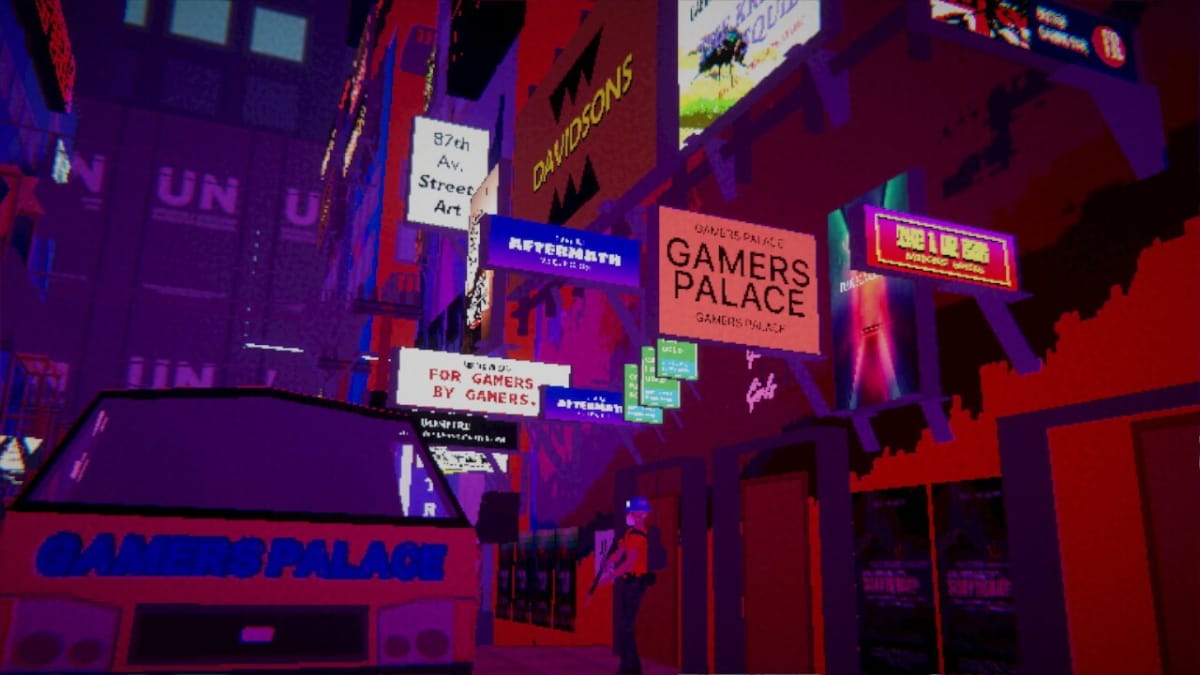
The colorful, low-poly visuals look excellent on the Switch but the framerate is consistently appalling, with frequent stuttering in both handheld and docked. Despite not appearing very visually demanding, there is also a huge amount of very noticeable pop-in, something which often impedes gameplay when aiming to capture long-range photos. On one level, set at night with a large amount of movement and flashing lights, the performance was so bad it made me almost immediately feel motion sick and as a result I had to take a number of lengthy breaks between shorts bursts of play until that segment was completed.
These framerate stutters also seem to exacerbate the existing problems with the physics engine, often appearing to affect my momentum mid-jump and causing my character to plummet to their untimely demise. A general lack of polish also pervades most levels, with minor but noticeable details like props floating or being slightly misaligned a commonplace.
Umurangi Generation Special Edition Review - Not so special
Umurangi Generation is a game with a lot of worthwhile things to say but the miserable state of optimization in the Special Edition make this Switch rerelease an experience which is difficult to recommend. Although the inclusion of the previously separate Macro story DLC may seem an appealing prospect, players with any degree of access to a capable PC should under no circumstances purchase this vastly inferior port.
A copy of Umurangi Generation Special Edition for Nintendo Switch was provided to TechRaptor by the publisher. The game is also available on PC.
Review Summary
Pros
- Beautiful World to Explore
- Thought-Provoking Vision of an Uncomfortably Believable Future
- Solid Suite of Photography Tools
Cons
- Slow Walking Speed Makes Navigation in the Main Game a Chore
- Serious Optimization Issues
- Unpredictable and Erratic Physics Engine
Have a tip, or want to point out something we missed? Leave a Comment or e-mail us at tips@techraptor.net
